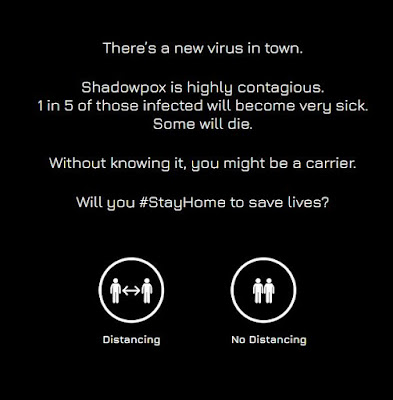Living Works (take the LivingWorks Start training)
This summer, I took the LivingWorks Start program for suicide intervention, which is now available to Carleton employees. I took the online workshop even though I have been a LivingWorks master trainer in the past. I decided it would be a good “refresher,” especially as institutional messaging places an emphasis on being attentive to students’ mental well-being. I think this introductory training is worth doing. If nothing else, a greater societal awareness of suicidal ideation and how to support someone who is thinking of completing suicide might help save one more life.
Why LivingWorks?
This is my mother and I think the photo was taken when she was in her late teens/early twenties.
She finished high school at 16, graduated from normal school at 17, and was teaching at Hopewell Avenue School by the time she was 18. She went on to do a first-class degree in psychology at Queen’s, marry, teach school and finish her career as a school librarian. She was kind, smart, creative.
Mom completed suicide when she was 62 and it was like a sudden death to me. Afterwards, as I learned to live without her, I volunteered for Bereaved Families of Ontario—Ottawa Region as a peer facilitator of suicide survivor groups.
And then I took the LivingWorks two-day suicide intervention training and went on to be a master trainer for several years.
What is LivingWorks?
The “History” tab on the LivingWorks site is a good introduction to the inspiration and mission of the organization. In a
nutshell, at a time when the suicide rate in Alberta was high (perhaps the
highest in Canada), four mental health practitioners developed a model for
suicide intervention that could be taught to anyone—like CPR and first aid is
taught widely to many different people. Almost 40 years later, the LivingWorks
training programs are recognized nationally and internationally as being effective
in strengthening to capacity of communities to help those living with thoughts
of suicide.
LivingWorks has several programs including LivingWorks ASIST
(which I have taught on campus) and LivingWorks Start, the introductory online
training that is now offered in our workplace.
Central to the training is a model which has evolved over
time but is still grounded in a belief that by making space for people to talk
about their difficult thoughts and feelings, by treating these
experiences with respect and kindness, and by willing to intervene with help to
find appropriate professional care, we can all support someone in deep
distress.
Certainly, I have found that by having an effective strategy
(a model) for having these types of conversations, I have more courage and
confidence to talk with others about their thoughts of suicide.
One, the training enables community members to offer a safe
space in which anyone can share what they are thinking and feeling. Research
shows that often people who are thinking of suicide don’t share their
thoughts and feelings with professionals. Instead, they may open up to a
friend, a colleague, or even someone who is just being friendly and seems to be
listening.
Two, by sharing, those who are thinking of suicide have an opportunity to unburden themselves,
make space for alternative ways of seeing themselves, the world, and find other solutions to their problems. Perhaps make space to live one more day. However, for this kind of
conversation to happen, there have to be folks in a community who know how to
start, hold and finish such a dialogue.
Using this conversational skillset is like being able to give CPR and first aid: We don’t have to be the medical experts, we just have
to be good-enough first responders, able to help someone connect with the professionals and resources
that can support them longer term.
Two hours is not enough
I have long thought that we should be able to take the
two-day training on campus—that this program should be core to our healthy
workplace programming. The Start program is … a good place to start but two hours of education is not enough to significantly increase the capacity of community to respond well when someone is in mental and emotional distress. The
two-day training is where we should be headed. There’s a lot to learn about
being in a support role and, in this case, learning online, by one’s self, is
not nearly as effective as being part of a supportive group where it is
possible to ask questions, do role plays, and process a lot of information and
feelings with others safely.
With any luck, enough Carleton employees will start with LivingWorks
Start and ask for more training. Sure, suicide can be an uncomfortable, if not
frightening topic, but, in my experience, sitting with this discomfort can be better than sitting
with the feelings and thoughts that come after someone has died.
This training isn’t for everyone, but I think it can be
helpful to many of us.

.jpg)


Comments
Post a Comment